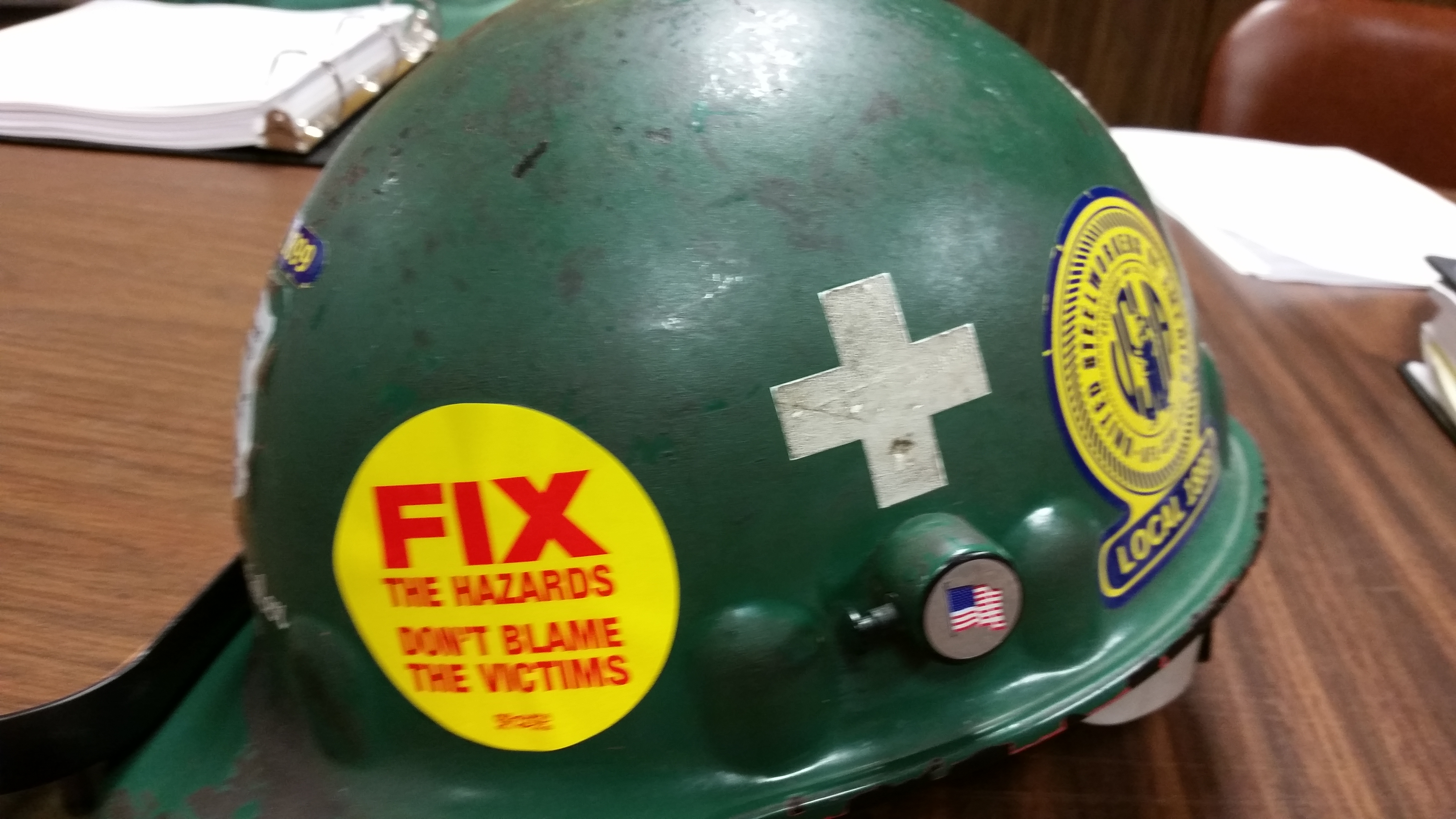As a leader, what you measure and how you respond to the results drives the behavior of individuals and your organization as a whole. If you measure or respond the wrong way, you will get unintended results. We see this situation occurring in many organizations, especially in the realm of safety. The failure of well-intended organizations to select and appropriately manage their safety measures/metrics is creating an insidious degradation of their safety and operational culture.
If you have this dynamic going on in your organization, it may be time to rethink your H&S measurement processes and metrics.
- A belief that the safety programs/controls are robust and therefore injuries are the fault of the injured
- When injuries occur management becomes frustrated with their safety programs, practitioners and initiatives – they can’t figure out what to “fix”
- Getting caught off guard by serious injuries and fatalities
- Dissecting parking lot injuries meanwhile ignoring high risk areas
- Safety professionals spending most of their time chasing incidents – trying to prove that an incident shouldn’t be an OSHA Recordable (to meet the goals/objectives)
- Equating the organizations risk level to its injury rates
- Failure to perform effective causal analysis – fixing symptoms not reasons
- The behavior of managers/supervisors who don’t understand how to meet their injury rate goals drives injury reporting “underground”
- Employees and labor unions become disenchanted with the leadership’s value for safety and the overall safety approach
Effective leading indicators have the following attributes:
- They measure failure potential, not failures
- They are “process health” indicators
- They are straightforward to understand and address
The following are some of the services that we offer:
- Assessing the present state of your metrics and the perceptions and actions they produce in your organization
- Assessing the safety processes and systems in your organization
- Building and facilitating an advisory team in your organization
- Creating meaningful metrics that are predictive of outcomes
- Matching metrics to responsibilities
- Educating the management team
- Assessing the ongoing health of your metrics




